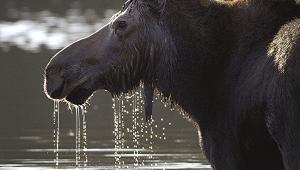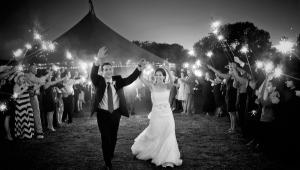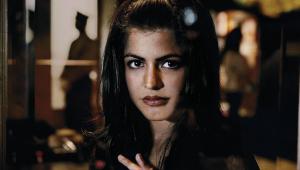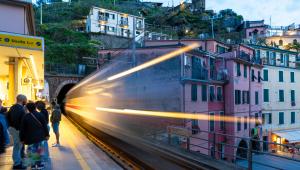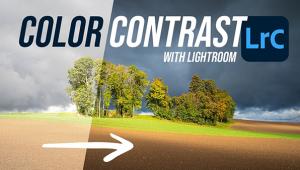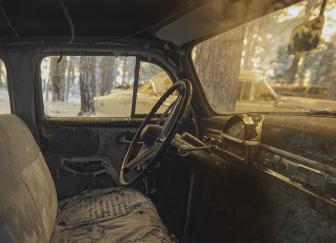Women In Photography
Abstracting From Nature
| If you ask Grace Hopkins-Lisle
where the greatest influence on her photography lies, she will probably
answer, "right here"--here being a small, odd-shaped, cement
house set pretty among trees at the end of a macadam road on Cape Cod. |
- Log in or register to post comments






